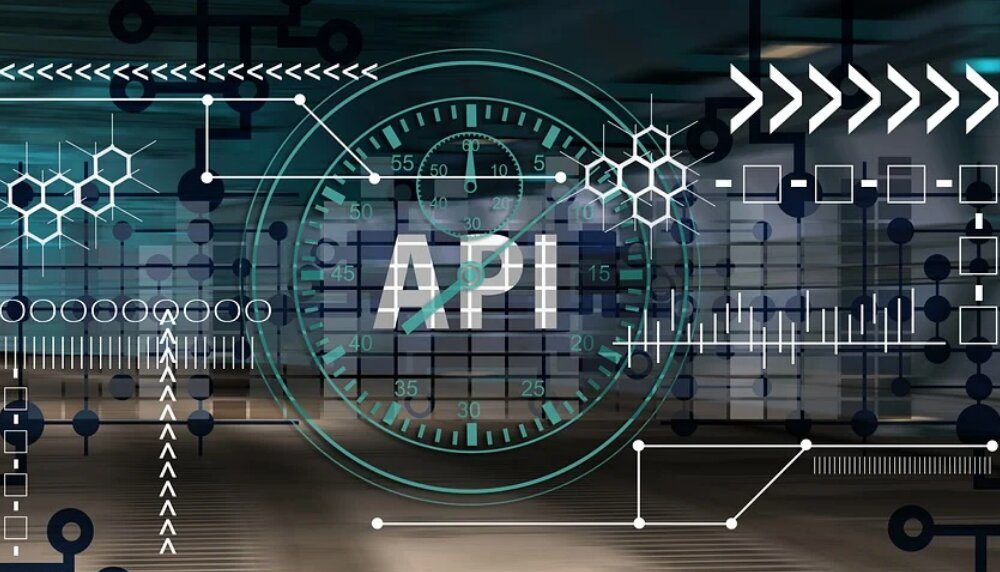
On January 19 this year, T-Mobile disclosed yet another data breach. It affected over 37 million current and former user accounts.
The information that was scraped includes birthdays, phone numbers, billing addresses, and emails.
Although it started at the end of 2022 (in November), the security team discovered the breach on January 5 of the following year.
In December 2022, Twitter was supposedly breached after malicious hackers exploited a zero-day flaw on the platform.
Email addresses of over 200 million users were compromised in the attack. Some reports claim that the number reached up to 400 million.
The bug was fixed in January.
What do these two major data breaches have in common?
It took quite some time for the hacking activity to be uncovered and the vulnerability patched up in both attacks, and both attacks were able to occur due to insecure Application Programming Interfaces (API).
APIs are increasing exponentially with digital transformation, and understanding how to amp up API protection is essential for the prevention of a damaging data breach.
Detect and Catalog Sensitive Data
According to Statista, data exfiltration is a major concern when it comes to API security.
Compromised user information causes major financial and reputable harm for any business. Trust is difficult to build once clients and investors find out about the data breach.
There are also high costs to securing infrastructure and investigating the attack.
This makes protecting sensitive user and corporate data a top priority for companies that rely on APIs.
The first step is to detect and determine which data is sensitive. The second step is to catalog the data based on sensitivity. The thorough and continual discovery of data within a system in relation to APIs is a must.
Increase Visibility of API Components
From shadow APIs (of which the security analysts are not even aware) to the APIs that are created at a rapid pace to improve the application, it’s challenging to determine which ones compromise the network.
And the use of APIs is only going to increase even further. These components are essential for companies that have adopted the cloud or have been developing applications.
For threat actors, this means they’ll have even more potential insecurities that they can target to either gain unauthorized access to the company or to scrape the data that has been accidentally made publicly available.
Unfortunately, tracking all the API components and securing them based on risk is not something that either engineers or security analysts can do manually — automation is required.
Secure API with Automated Solutions
Since companies have started to widely adopt the cloud, they’ve been adding more and more API components to their infrastructure.
Identification of data and knowing where it is at all times is possible can be made possible via automation. Having visibility of where sensitive information is at all times can decrease the chance of leaked or stolen data.
Not all threats pose a critical risk for an organization. With a security solution that combines automation and machine learning, APIs are not only cataloged non-stop but also tracked for any changes that might pose a significant risk.
The longer it takes to uncover a vulnerable API, or even an already compromised one, the higher the price of a data breach. Automation cuts costs of the hacking aftermath for businesses and keeps security teams on top of things at all times.
Collaboration of Engineers and Security Professionals
Security teams don’t have the time to protect all of the APIs and they may accidentally release an application that contains critical flaws.
Aside from time pressures and tight deadlines, a lack of collaboration between the developers and security experts can leave parts of applications vulnerable and exposed to the public.
To prevent this, encourage the DevOps and security teams to work together right from the start. Security checkups and tweaks should be done in the early stages of app development.
It’s easier to repair a mistake that poses a cybersecurity flaw in the initial stages of the app development rather than later when a lot of the architecture has already been built.
In many cases, engineers know a lot about APIs and less about how to secure them. For the security teams, it’s the other way around — they’re proficient in securing these vulnerable components, but may lack in-depth knowledge of the APIs.
APIs Are Essential — So Is API Protection
For businesses, APIs enable rapid and facilitated delivery of services, improve user experience, and speed up innovation.
This technology is the key to developing a user-friendly application and launching the product faster.
Therefore, it’s not going anywhere anytime soon.
On the contrary, we can expect even more exploitable APIs within the infrastructure of companies.
Following high-profile data breach cases that have been caused by insecure API, one thing became clear: Securing API shouldn’t be an afterthought, but a priority.
API protection is something that has to occur from the initial development stages of an app to managing the finished result.
It has to be thorough, continual, automated, and keep in mind the sensitive data that could be accessed in case it’s ever left vulnerable.



